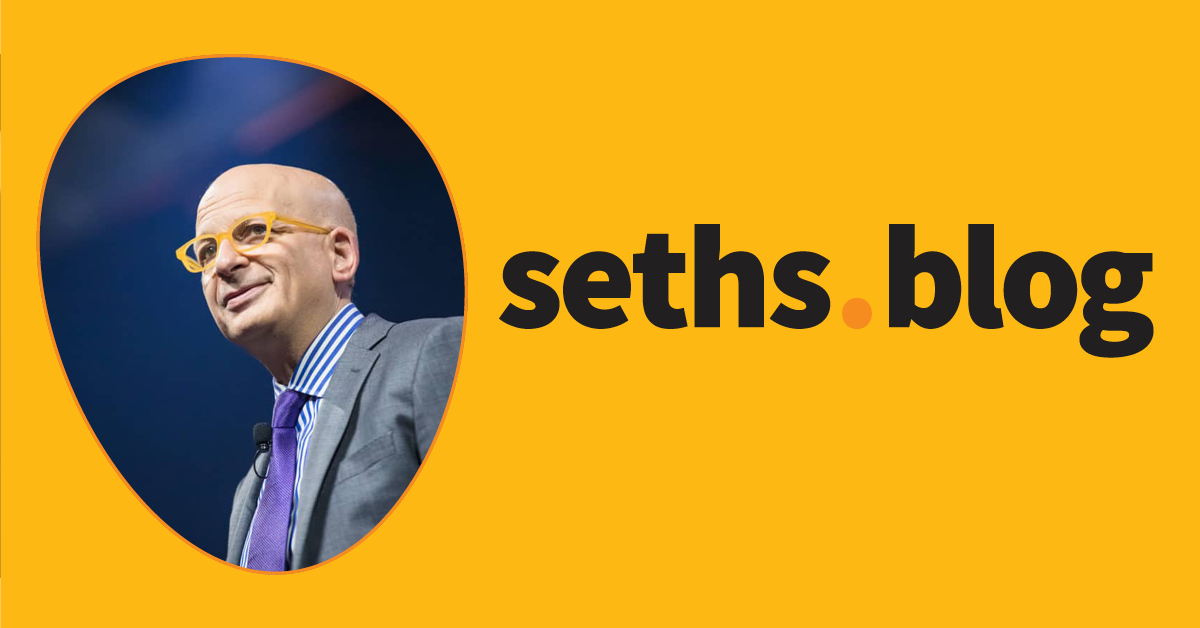x1000: The Transformative Power of Scale in Our Lives and Future
In his latest blog post, Seth Godin introduces a concept that's as startling as it is profound: the x1000 theory. This simple yet profound theory sheds light on the often-overlooked power of scale and its potential to revolutionize our understanding of gradual and seismic change.

Godin's premise is straightforward: the future often arrives in stealth, barely noticeable in its day-to-day progression. Yet, when it surges forward, its impact is undeniable. Consider the example of spam phone calls. A single unwanted call a day is a minor annoyance, but a barrage of a thousand calls renders our phones unusable. This analogy extends far beyond telecommunication nuisances.
Godin’s post notes that we stand on the precipice of several such "1000x cliffs," with two particularly stark examples: artificial intelligence and climate change.
The AI revolution exemplifies this concept spectacularly. We're not just witnessing a gradual improvement in technology; we're observing an exponential leap.
When an AI system can interpret standard x-rays a thousand times faster, cheaper, and more accurately than a human radiologist, it's not just an advancement; it's a paradigm shift. Careers that seemed secure yesterday are becoming obsolete, while entirely new professions are emerging overnight. This isn't evolution; it's a revolution.

Similarly, climate change demonstrates the x1000 effect in a more harrowing light. While we might weather a singular extreme weather event, a relentless succession of such anomalies - a thousand days of erratic weather, for example - can overwhelm our economies and communities beyond recovery. This isn't merely a change in weather patterns; it's a fundamental shift in our environmental system.
WTF?
Godin's x1000 theory transcends these global issues and finds relevance in our daily lives. It's a mental model that can be applied to personal growth and financial planning. Imagine saving $100 a day, a thousand times. That's $100,000 saved in less than three years - a significant financial transformation achieved through consistent, small actions.

Or consider the cumulative impact of completing a Peloton workout a thousand times on one's physical health. These examples illustrate how the x1000 concept can be a powerful tool in conceptualizing and achieving personal goals.

What's particularly striking about this theory is its dual nature. On one hand, it serves as a warning - a call to action against the potentially overwhelming effects of unchecked technological and environmental changes. Conversely, it's a beacon of hope, illustrating the incredible potential of consistent, small efforts compounded over time.
Godin's x1000 theory is a valuable lens through which to view our world and everyday lives. It highlights the importance of recognizing and adapting to exponential changes, whether they're in technology, climate, or our daily habits.
As we stand on these precipices, the theory urges us to look ahead and prepare for the leaps, not just the steps. This mental model, once grasped, becomes an indispensable tool, helping us navigate and shape both the world around us and our personal journeys.



Member discussion